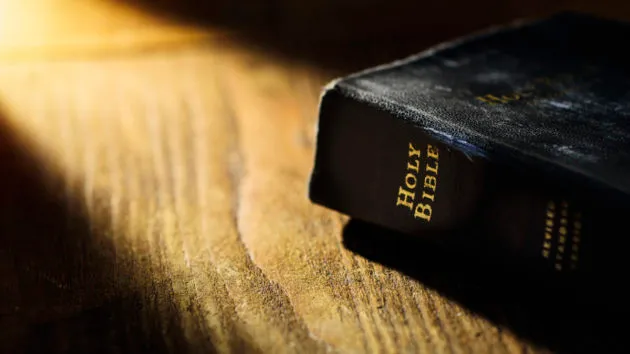Table of Contents
As we all know, telling the unadorned truth is not in the ABC’s DNA. Naturally, then, they can’t bring themselves to come straight out and say, “Young women are still taking useless degrees.” Instead, Australia’s [taxpayer-funded leftist propaganda network] national broadcaster has to dress it all up as a woe-is-me tale of hard-done-by students versus Big, Bad Scott Morrison.
[Jess Nobleza] chose to study arts, but it came at a cost.
And? Welcome to the world, sweetie, where mummy and daddy aren’t paying for everything.
Ms Nobleza started university in 2021, meaning she was in the first cohort of students impacted by the Morrison government’s Job-Ready Graduates (JRG) package.
Brought in as a “carrot and stick” approach to funnel students into degrees that would correspond with Australia’s skill shortages, the JRG package slashed the student contribution of some degrees while hiking others.
Humanities fees rose by 113 per cent for students, and government financial support for courses like science, education and maths dropped.
Well, if the taxpayer is going to subsidise university students (as they still do), they can at least expect to ask for their hard-earned to be channelled to where it’s needed. We are continually told that Australia has a shortage of people in these areas, while the ABC appears determined to prove that we have a surplus of witless women’s-studies and fat-studies graduates.
Universities across Australia are calling for the JRG package to be scrapped, and replaced with a fee contribution structure that correlates with students’ future earning potential.
Universities Australia chief executive Catriona Jackson said two years into the scheme, price signalling wasn’t working.
Well, you can’t make a silk purse from a sow’s ear, and obviously you can’t make an engineer from a lesbian dance therapist.
And you apparently can’t drag women and Aborigines, kicking and screaming, into science courses.
Female students are over-represented in humanities and social science degrees, making up 65 per cent of all students enrolled in society and culture and creative arts courses in 2021 – as are First Nations students.
Forty per cent of all Indigenous students at university in 2021 were studying society and cultures or creative arts.
Not, I would hasten to add, that the universities don’t have a point.
Not all arts graduates are useless. Not all engineering students are stirling examples of productive citizenry (on the other hand, they do have a propensity to make dedicated suicide bombers). There’s certainly no sense in forcing people to study science if they’ve no interest or aptitude for it.
“If a student is passionate about architecture, you can’t make them do accounting instead, and if a student is passionate about English literature and being a teacher, it’s very hard to convince them that economics is the course for them,” she said.
After all, I’m an arts graduate. My youngest, bless his soul, has a burning ambition to be a writer, and nothing else.
I also have a friend, a very talented visual artist, undertaking that most despised of choices, a fine-arts degree.
But, even she will admit that most of her fellow students are no-hopers taking what looks like the easy option. As, too often, the university makes it for them. Her course doesn’t even include life drawing, the foundational skill of visual art, as a course component. Drawing is barely touched at all. It’s all theory-based.
The academics are also right that – probably because of nonsense like that – arts degrees get an often-unfair bad rap. My near-dual degree was in philosophy. Oh, ho, ho, ho, what a useless degree, you chortle? Think again.
Think all arts grads are unemployable layabouts? Also think again.
Almost 73 per cent of humanities, culture and social science graduates had secured full-time employment within several months of graduating, according to the 2022 Graduates Outcomes Survey.
That is a 15 per cent increase on the previous year and on-par with the rate of full-time employment for science and maths graduates, which is 72.5 per cent.
Which raises the question of whether the JRG is simply not doing what it was supposed to.
According to Nick Bisley from the Australasian Council of Deans of Arts, Social Sciences and Humanities, this counter’s one of the justifications for the JRG.
“The government made the fee changes on the spurious basis that students were less likely to get jobs and therefore, so if they wanted to do this, they had to pay for it themselves,” he said.
More to the point, the JRG is sending conflicting signals to universities.
Under the JRG package, universities receive more dollars per humanities and social science student, but for courses like maths, science, nursing and education, both student contribution and government subsidy decreased.
Mr Bisley said it created a “crazy situation”, where students were receiving less money per student enrolling in the courses that were made cheaper under the JRG package.
ABC Australia
In the end, though, it goes back to the question of the taxpayer getting bang for their buck. Under the JRG, the taxpayer isn’t seeing any more scientists or mathematicians. But arts students are getting slugged with nearly double fees.
No one is benefiting from this package.









